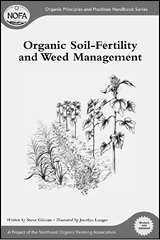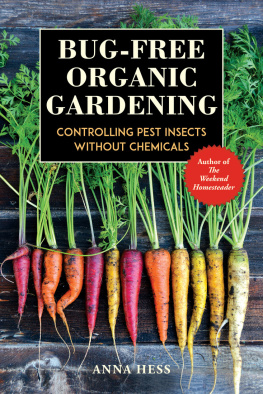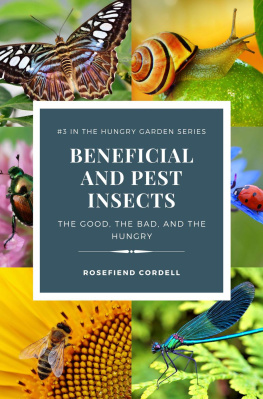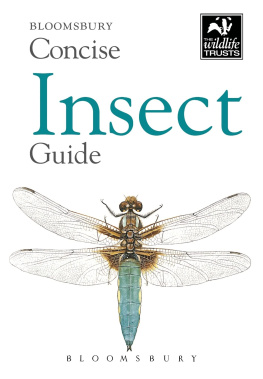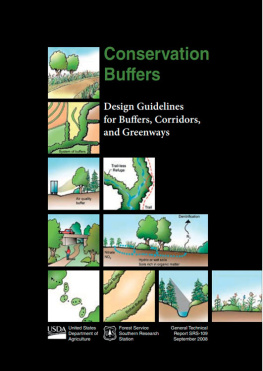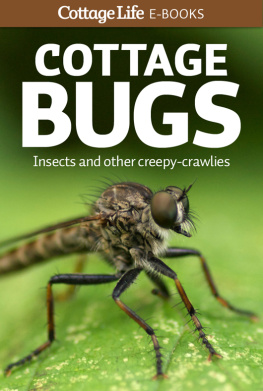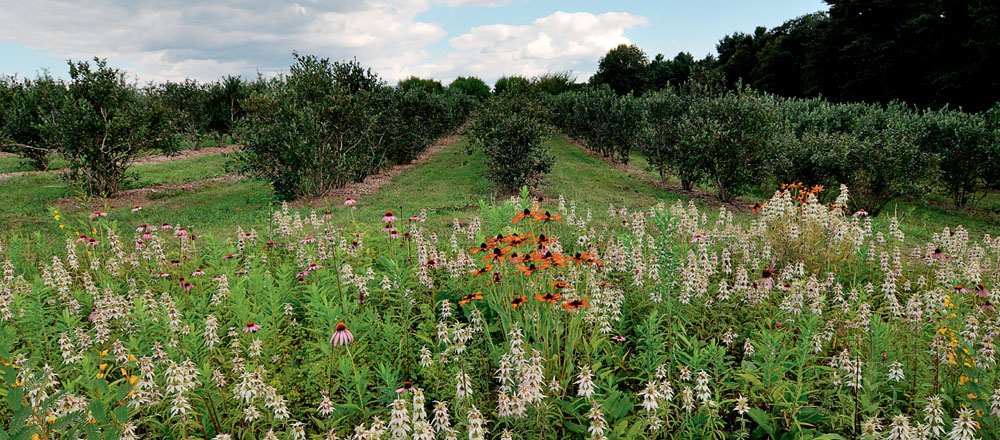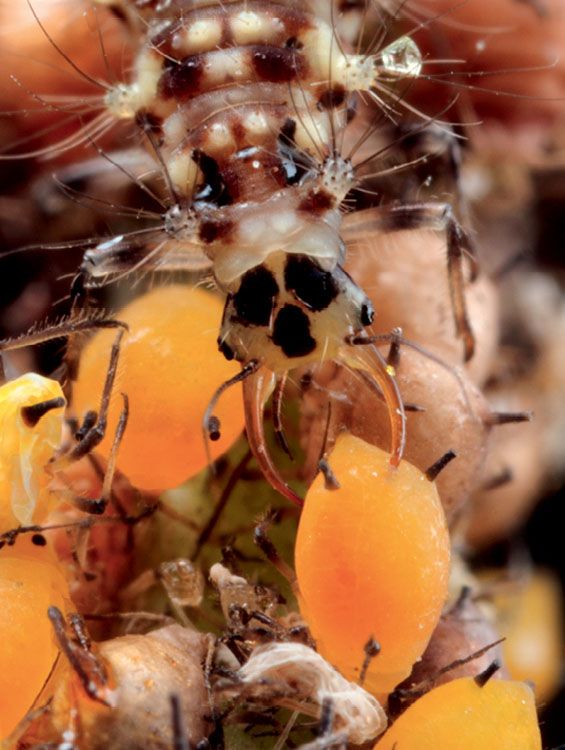Lacewing larvae contribute to pest management on farms and in gardens by attacking aphids and other pests.
This book was developed to raise awareness of these helpful animals. Here we discuss their ecology and offer realistic strategies for conserving and enhancing them on working farms. While farming is our main focus, the strategies we describe throughout can be effectively scaled down for the home gardener as well.In this book youll learn why you should conserve beneficial insects, how they can help control pests, and how you can protect and restore beneficial insect habitat. Youll also find additional information on the insects themselves, specific native plants that support them, and USDA financial resources to help implement conservation measures on your farm.
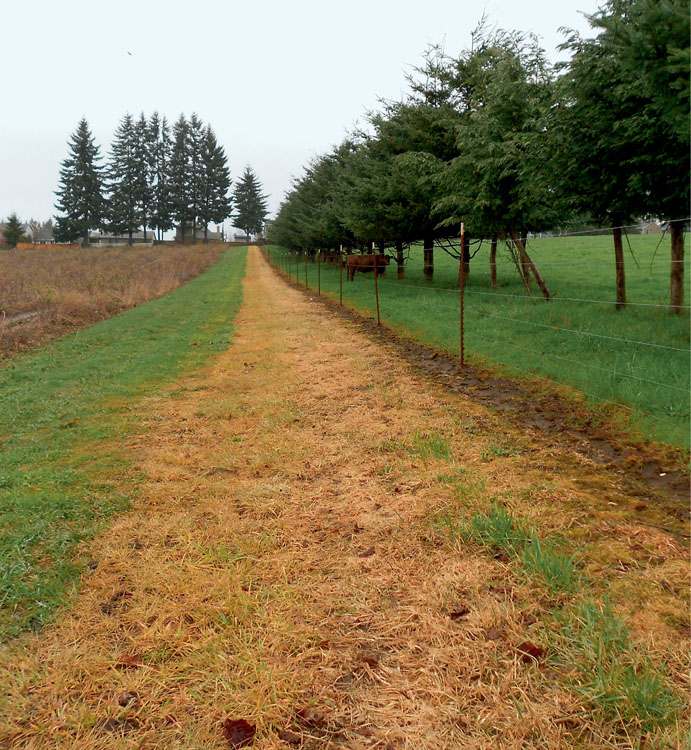
The strategies outlined in this book will help you take unused areas of the farm like this fence line, which had been managed for years with herbicides to control weeds, and convert them into functional beneficial insect habitat, as seen below.
While native beneficial insects alone may not solve your major pest problems (although in some cases they can!), ongoing research across the country clearly demonstrates a very strong link between conservation of natural habitat and reduced pest problems on farms. Where native beneficial insects are present they can:
- Reduce the need for insecticides
- Improve crop yields by reducing pest damage
- Reduce the need to release nonnative beneficial insects
In addition, the conservation practices that support native beneficial insects can:
- Benefit diverse pollinators, such as native bees and managed honey bees
- Provide habitat for wildlife, such as game and songbirds
- Reduce weedy plants on field edges
- Function as buffer systems that reduce erosion, improve water quality, and make your land visually pleasing
- Help organic farmers meet biodiversity conservation requirements for USDA organic certification
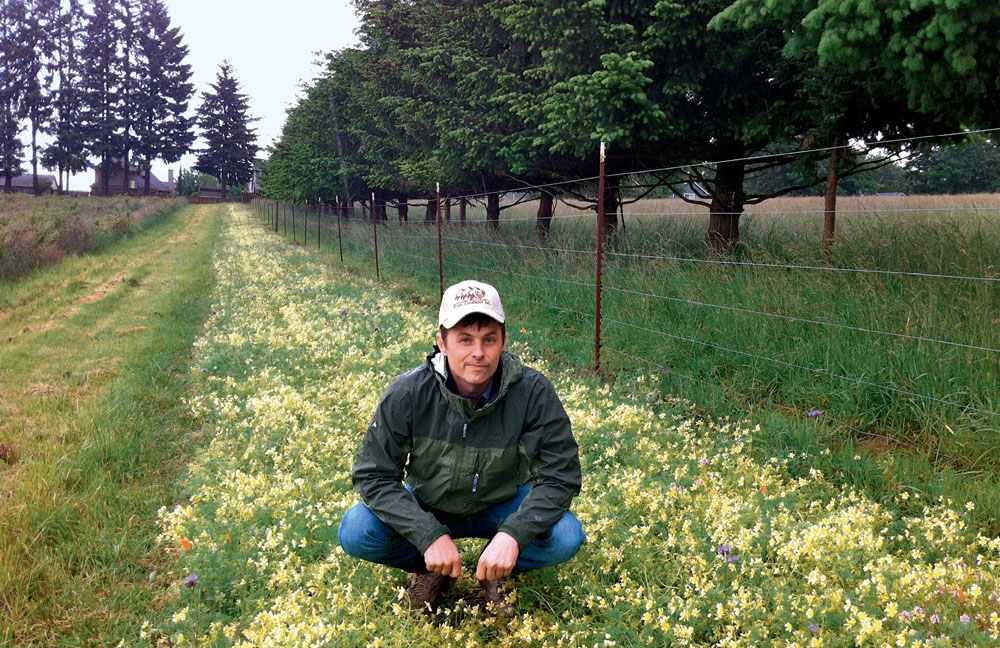
The native wildflowers established along this fence line contribute to pest control by providing habitat for beneficial insects that move out into the adjacent crop field. The flowers also support pollinators, are beautiful to look at, and are not weedy.
The concept of providing habitat for native insects that attack crop pests is referred to as conservation biological control, or often simply conservation biocontrol. While we describe other biocontrol practices in the first chapter, we focus this book specifically on conservation biocontrol because it represents a win-win conservation opportunity: a chance to reduce pest damage to crops while at the same time supporting native wildlife and biodiversity.
This book provides a broad overview of the principles of conservation biocontrol, as well as an introduction to the important groups of beneficial insects that you may find on your farm. Because pests and beneficial insects vary among cropping systems and regions, it is difficult to provide specific advice that will control pests in all situations. Additionally, we do not always know the thresholds at which some beneficial insects will provide pest control for a given cropping system. Given these limitations, this book does not offer complex guidelines tailored to specific crops or regions. Rather, the general strategies that we outline are applicable to a wide range of farms. We hope that the more specific strategies described in the case studies throughout will inspire you to develop management practices tailored to your own needs.
Weve been amazingly lucky to work with a huge range of farmers and ranchers across the country who are actively managing their land for beneficial insects: berry producers in Maine, Massachusetts, and Florida, alfalfa seed producers in Wyoming, ranchers in Oklahoma, nut and vegetable producers in California, and tree fruit producers in the Pacific Northwest and the Great Lakes as well as nearly every conceivable type of farm in between. Many of the conservation biocontrol strategies described here are ones that we learned from those farmers. That knowledge, combined with the research of many excellent scientists and support offered by the USDA Natural Resources Conservation Service, continues to demonstrate that conservation biocontrol can be an effective and practical approach to pest management, while also contributing to the broader sustainability of farms and ranches.
Conservation biocontrol is no magic bullet. For as long as we grow crops, pests will be part of the equation. But incorporating conservation biocontrol into Integrated Pest Management represents a complementary approach for farmers who want to use fewer chemicals. Whether you are a conventional or organic producer, and whether you want to eliminate pesticides entirely or just save money by spraying less, conservation biocontrol can become part of your farm system.
You may achieve the higher beneficial insect numbers you want simply by protecting noncrop areas on your farm. Creating new beneficial insect habitat can increase those numbers even more, while also providing beautiful new recreation areas for you and your family. Combining those approaches with pesticide alternatives such as physical barriers may allow you to market a premium product, tell your customers that your farm is increasingly sustainable, and serve as a role model to other farmers.


